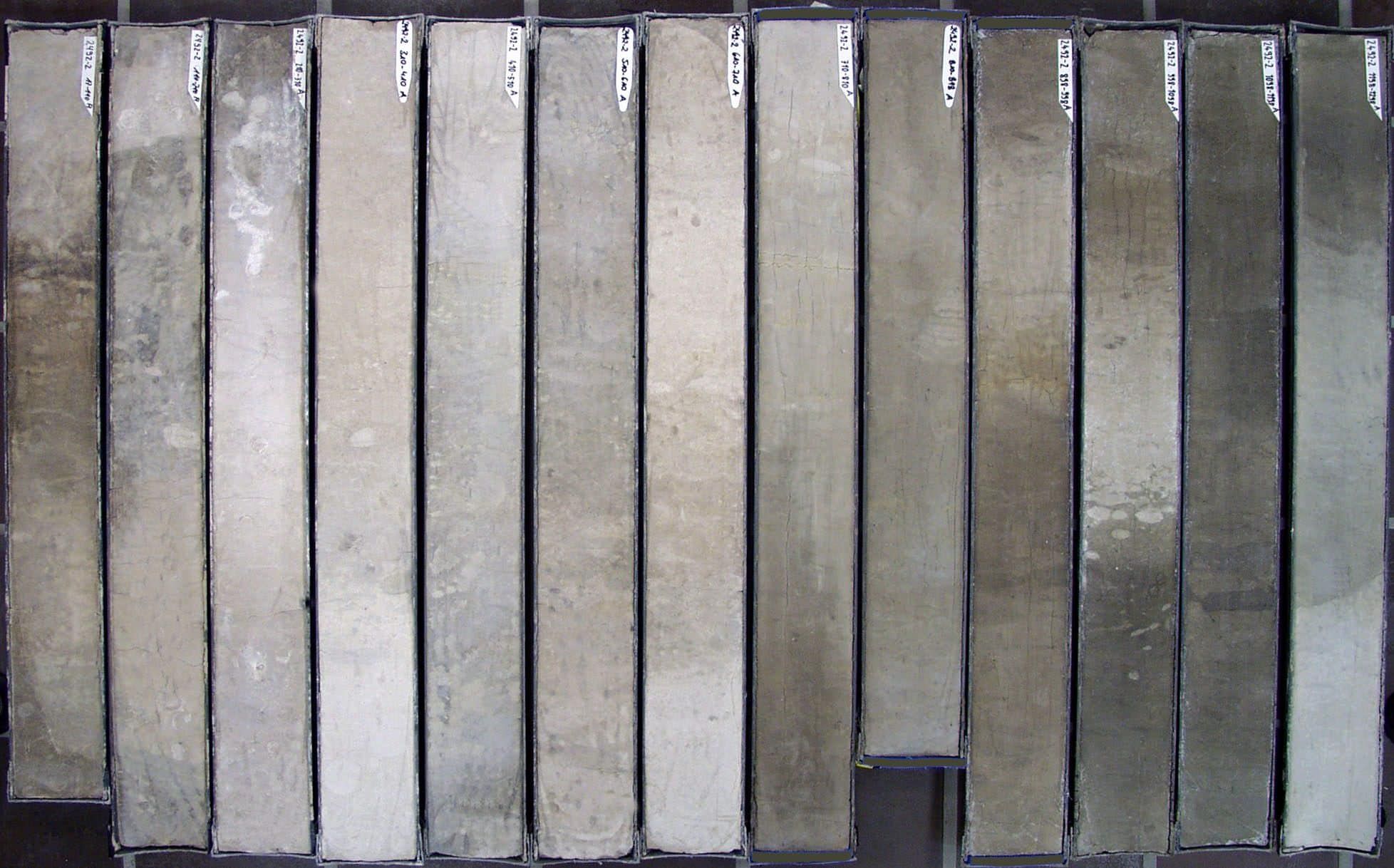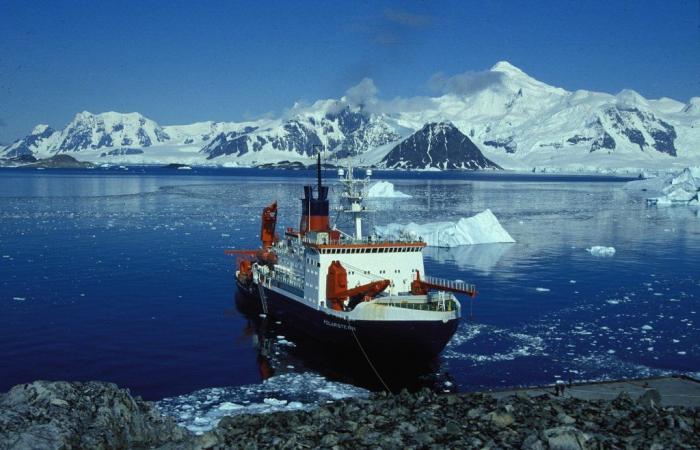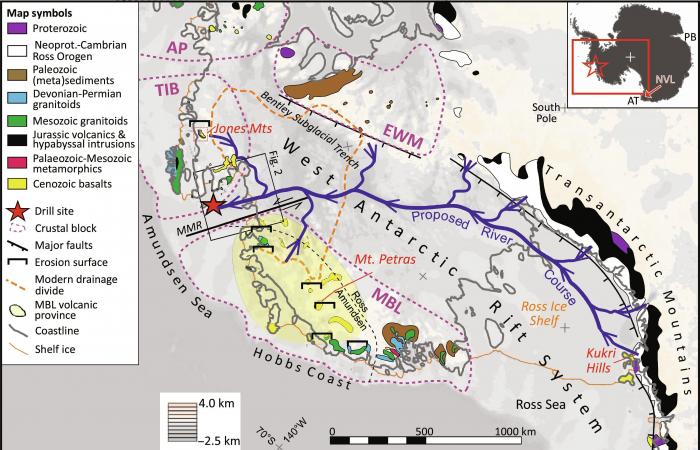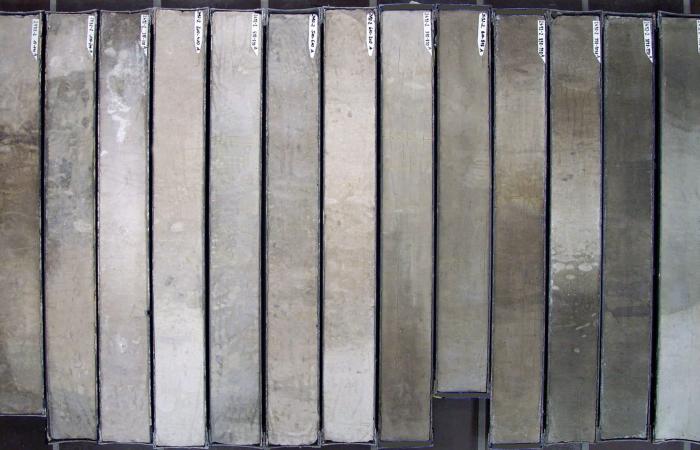During a recent expedition aboard the German research vessel Polarsterna team of German geologists has identified the traces of a river system dating back to the geological era called Eocenemore precisely at approximately 40 million years ago. It is believed that this developed for more than 1600 km on a territory now covered by ice. At the time, in fact, Antarctica had a temperate weatherwho was succeeded by a polar climate starting from approximately 34 million years ago. This discovery was made thanks to the analysis of sediments extracted by drilling the seabed and is important because it demonstrates how the Antarctic continent can transform when climate change occurs.
How the ancient river system in Antarctica was discovered
In 2017 a research team led by sedimentologist Johann Klages of the Alfred Wegener Institute Helmholtz Center for Polar and Marine Research in Germany achieved theWest Antarctica aboard the icebreaker research vessel Polarstern. The technologically very advanced equipment of the ship made it possible to drill into the seabed and obtain valuables sediment cores. Isotopic analysis of the samples allowed them to be dated. The lower part of the cores was thus made up of shales dating back to Middle Cretaceous (between 93 and 83 million years ago) in which there are fossil roots, pollen and spores characteristic of a temperate rainforest. The upper part of the cores is instead composed of sandstone of theMiddle-Upper Eocene (between 34 and 44 million years ago). Its structure was found to be very similar to that characteristic of large river deltas, like that of Mississippi. The analysis of these materials also revealed the presence of a molecule typical of cyanobacteria present in fresh water. The recovered sediments, therefore, were deposited at the mouth of a large river system. This is believed to have crossed the continent for over 1600 km. Although the expedition dates back a few years, the results have only now been published.

Why the Discovery Under the Antarctic Ice Matters
Studying the geological history of Antarctica is particularly complicated due to the thick ice cover, which makes it difficult to access sedimentary rocks, which are essential for understanding past environments. In this sense, the discovery of the river system under the Antarctic ice is important because it helps us to reconstruct the appearance that the West Antarctic landscape had before the decrease in carbon dioxide (carbon dioxide) in the atmosphere led to a global climate cooling and the subsequent formation of the Antarctic ice sheet. Before this climatic upheaval, in the middle-upper Eocene temperatures were high and the amount of carbon dioxide in the atmosphere it was almost double compared to today. According to Johann Klages, if greenhouse gas emissions remain constant, our planet could reach similar concentrations within 150-200 years. This means that the maintenance of the Antarctic ice sheet would no longer be guaranteed.
“If we think about potentially severe climate change in the future, we need to learn from periods in Earth’s history when this has already happened,” Johann Klages said.








